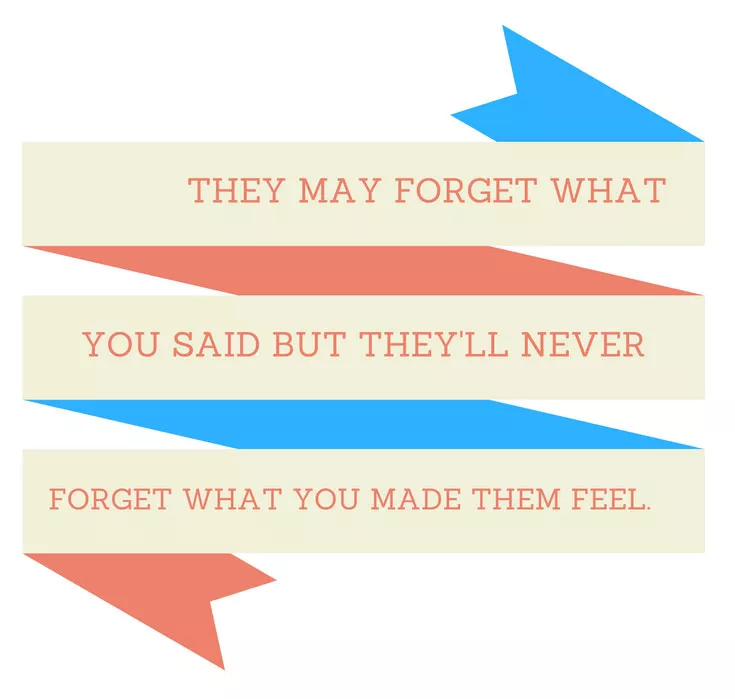Is making connections with students on your daily to do list? The most powerful thing we do each day in the classroom is not on a checklist, and it can’t be measured or analyzed.
It’s making students feel safe in their learning and comfortable enough to take risks. Our lessons can go perfectly according to our plans or be a complete disaster, but none of that matters if students don’t feel comfortable.
What students will remember is how you made them feel, days and even years after the lessons are checked off.

Here are a few tips to creating a safe learning environment:
1. Use a Smile to Start the Day
 Smile every day! It makes all the difference to students if you smile each morning. We don’t know how their morning was at home, or the night before. But we can set a positive tone to start their day by greeting them with a smile and handshake and telling them you are happy you are to see them.
Smile every day! It makes all the difference to students if you smile each morning. We don’t know how their morning was at home, or the night before. But we can set a positive tone to start their day by greeting them with a smile and handshake and telling them you are happy you are to see them.
They should know that when they step foot inside the four walls of their own classroom it is an environment they want to be in, they want to learn in and feel valued in.
2. Praise Effort, Not Correct Answers
 Setting a tone of praising effort and thinking, instead of just correct answers, gives students the confidence they need to take risks. Effort creates ability. Instill in students a growth mindset; their brain is a muscle that stretches and grows with hard work and effort.
Setting a tone of praising effort and thinking, instead of just correct answers, gives students the confidence they need to take risks. Effort creates ability. Instill in students a growth mindset; their brain is a muscle that stretches and grows with hard work and effort.
Avoid using straight feedback like: “you got it right.” Or “you got it wrong.” Instead try, “That was such a thoughtful response. I can see you are going to master this in no time.”
When this is the focus they won’t be snickering at other students when they are sharing or participating.
3. Build Relationships Over Time
 Letting your students know that you genuinely care for them as a person creates n environment where they will thrive. Get to know your students -- not just their reading level or test scores. Ask them to write about themselves, their hobbies, and their interests. Make time for the small conversations, which are the most meaningful to them. Listen to them – whole-heartedly! The deep listening that we expect of them should be reciprocated. The day gets busy, the lesson must get taught but those small moments can make all the difference.
Letting your students know that you genuinely care for them as a person creates n environment where they will thrive. Get to know your students -- not just their reading level or test scores. Ask them to write about themselves, their hobbies, and their interests. Make time for the small conversations, which are the most meaningful to them. Listen to them – whole-heartedly! The deep listening that we expect of them should be reciprocated. The day gets busy, the lesson must get taught but those small moments can make all the difference.
There will be days where this will be more difficult than others. Just remember, it’s a marathon, not a race. Remember that you are giving it your all, and your spirit of generosity is sure to catch on with your students.


